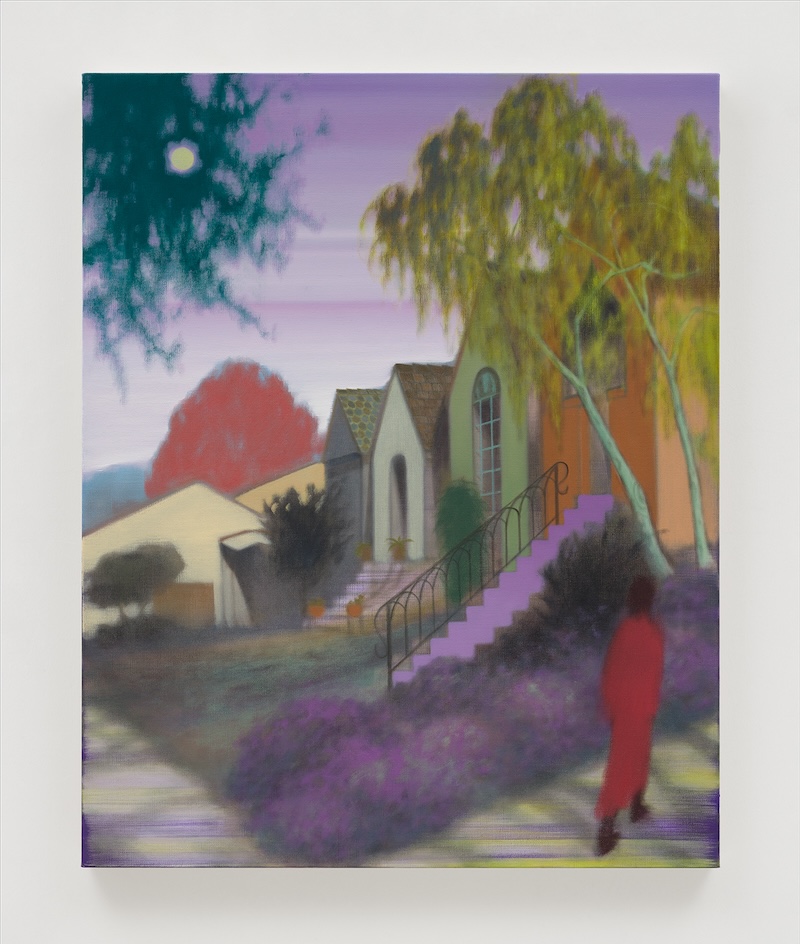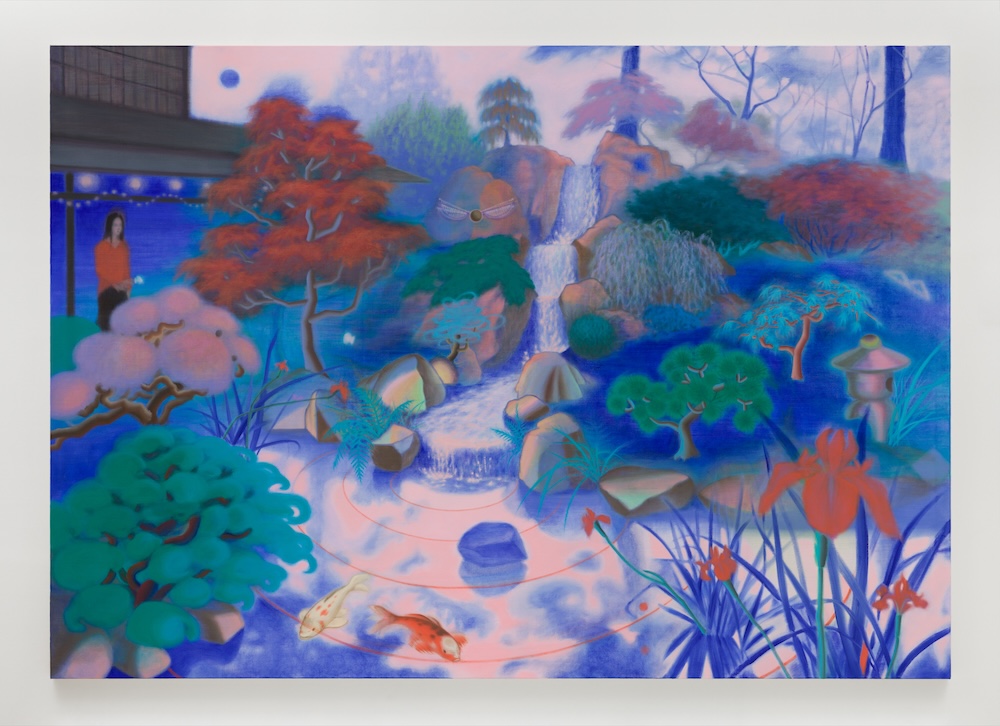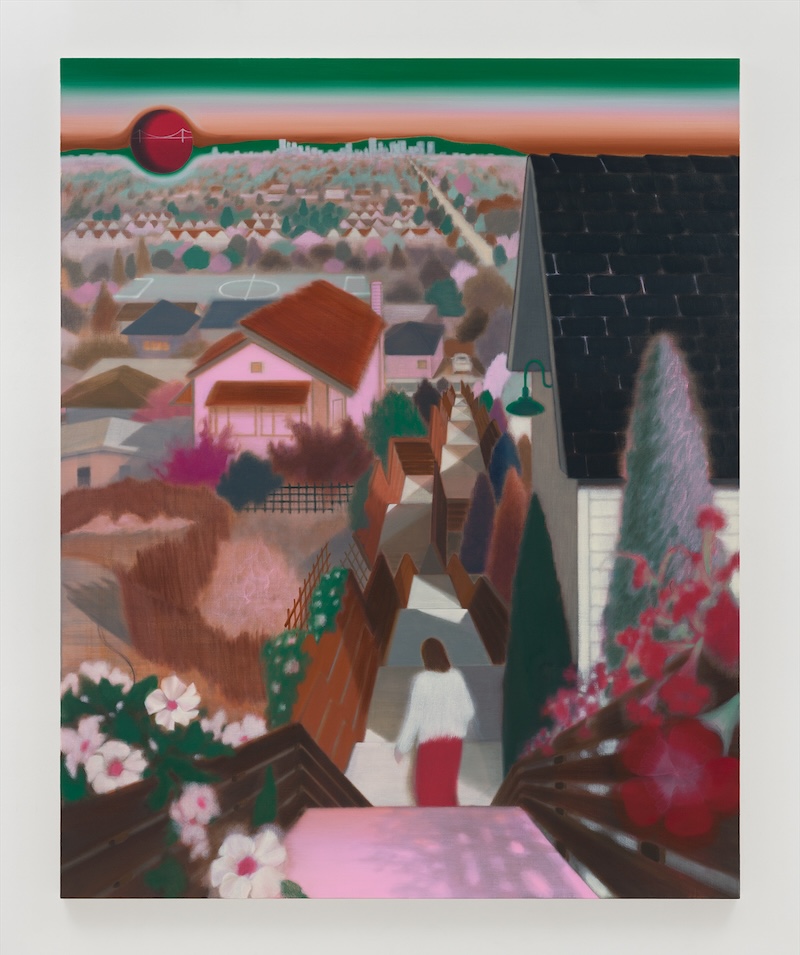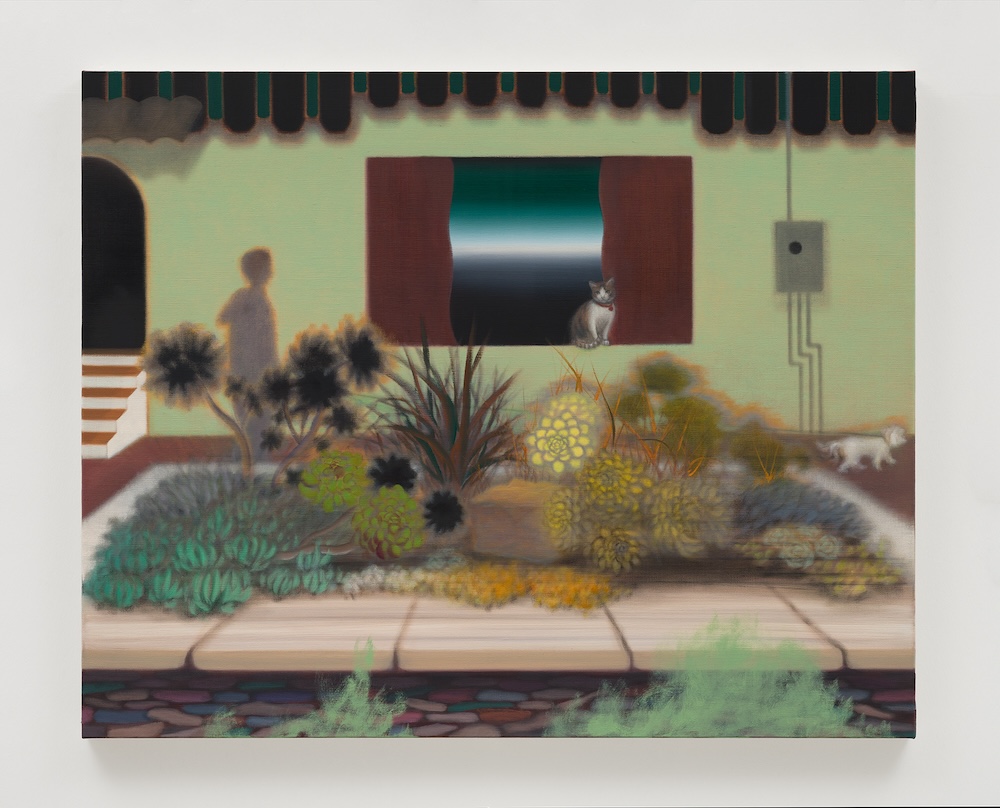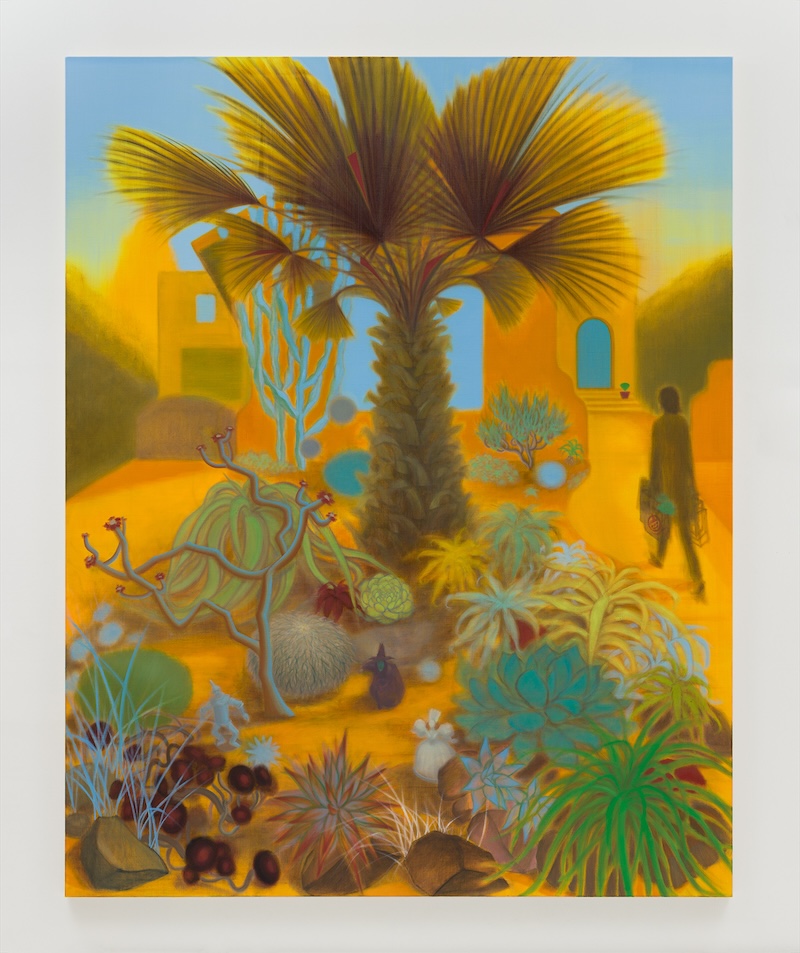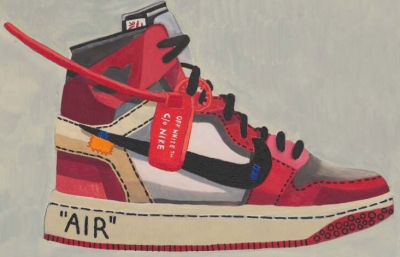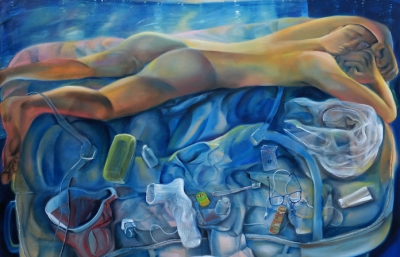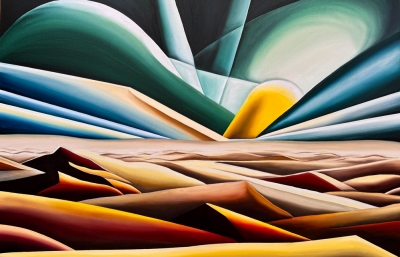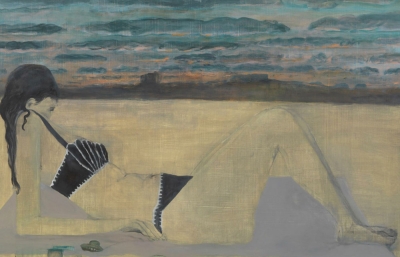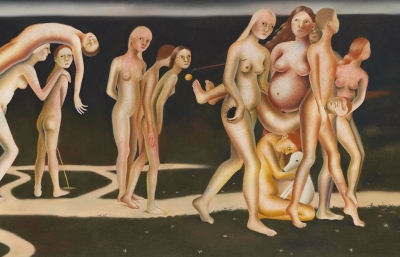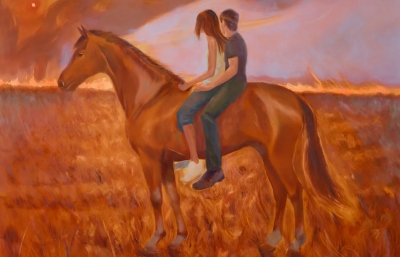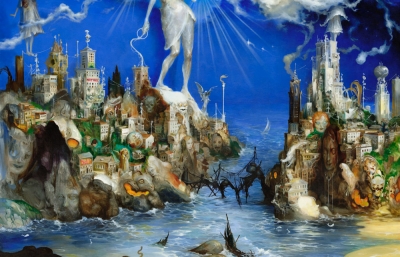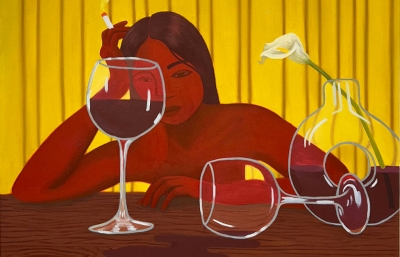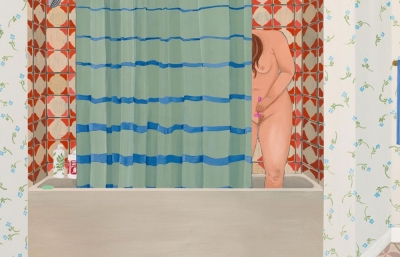Jessica Silverman is pleased to announce Guimi You’s Neighborhood, the Seoul-based artist’s first solo exhibition in San Francisco, on view from April 25 to June 1, 2024. The artist will present five oil paintings based on her memories of living in the Bay Area and inspired by the sensorial experiences of her ritualistic daily walks. You’s paintings capture an interplay of light, flora, and architecture in atmospheric images of intimate gardens and long horizons.
You’s time in California led to a newfound relationship with nature and its prominence within her work. Looking to traditions of Korean landscape painting, which evoke harmony with nature, You seamlessly integrates human forms into their surrounding landscapes. Ephemeral silhouettes, often seen from behind and always in motion, invite introspection and reverence for the natural world.
The artist merges her memories of familiar spaces throughout the Bay Area with psychological color and texture. In Blue Pond (2024), translucent white butterflies hover in the Japanese Tea Garden in Golden Gate Park. A direct nod to Taoist Zhuang Zhou’s dream of the butterfly, it symbolizes the porous boundary between consciousness and dream states. Rich blues cast a spell of serenity and nostalgia for moments of stillness bygone, punctuated by a ripple at the base of the waterfall.
In From the Hill (2024) subtle phantasmic qualities heighten the intertwining of experience and memory: a red moon disrupts the horizon line, casting a pink glow on the dense neighborhood below as a figure descends into the frame. The work captures an ascent You frequented on her urban wanderings, drawing inspiration from painter Wayne Thiebaud’s scenes of San Francisco from elevated perspectives.
Playfully capturing botanical life, Succulent Garden (2024) highlights You’s background of studying traditional Korean painting and its approach to depicting the symbolic experience of nature. The vibrant California sun illuminates a detailed ecosystem of succulents and cacti, while the architectural forms in the background remain gestural. The built environment is second to the botanical, hinting at an inherent unity found in the interconnectedness of all living things.



